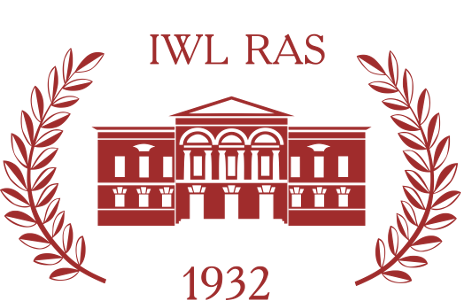About the author
Georgy A. Veligorsky , PhD in Philology, Research Fellow, Scientific Laboratory “Rossica: Russian Literature in the World Cultural Context”, A.M. Gorky Institute of World Literature of Russian Academy of Sciences, Povarskaya 25 a, 121069 Moscow, Russia.
ORCID ID: https://orcid.org/0000-0003-4316-4630
E-mail:
Abstract
In this article we will talk about the unusual topos that occurs in Victorian and Edwardian literature — the “revived” estate. Indirectly going back to Gothic literature and the “horror literature” that inherited it (where the house can come to life literally, become harmful, frightening and even mortally dangerous for the inhabitant), however, it develops in a completely different way. The ghosts that inhabit the rooms of such a mansion are the guardians of a good and bright memory, “hidden joy”; embodied by the past, who lives in a shaky, invisible world. These ghosts have many hypostases: sometimes they turn out to be just a figment of the tenant’s imagination, and sometimes they are a real poltergeist, but not frightening, but protecting and preserving (W. Woolf, “A Haunted House”). Another manifestation of this topos can be called a house that comes to life, when the hero distinguishes between the beating of his heart (as happens in the novel by E.M. Forster “Howards End”) or hears a whisper of voices in the curtains shaken by the wind. The combination of these two motives (poltergeist and living house) is also found in the works of modernists (W. Woolf, “Orlando: A Biography”). Of particular interest is the image of a revived estate house in children’s literature; in this vein, we will consider the novel by Ph. Pierce, “Tom’s Midnight Garden”.


